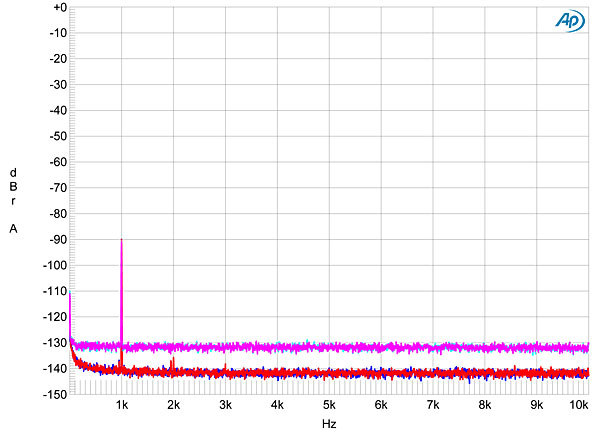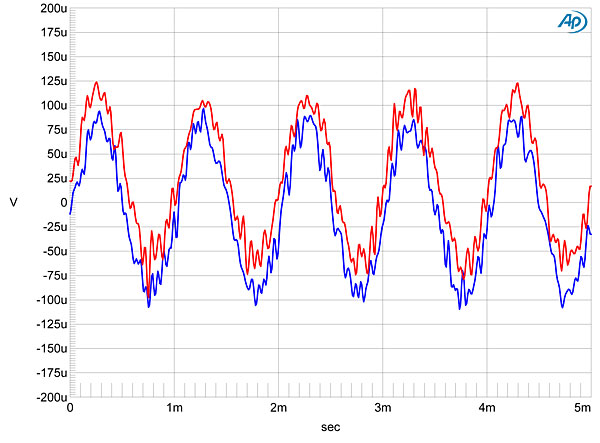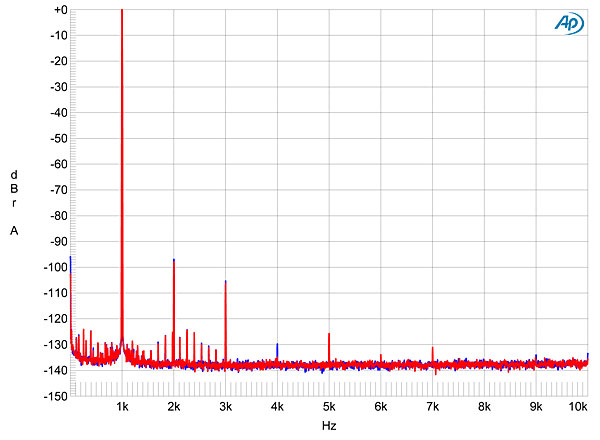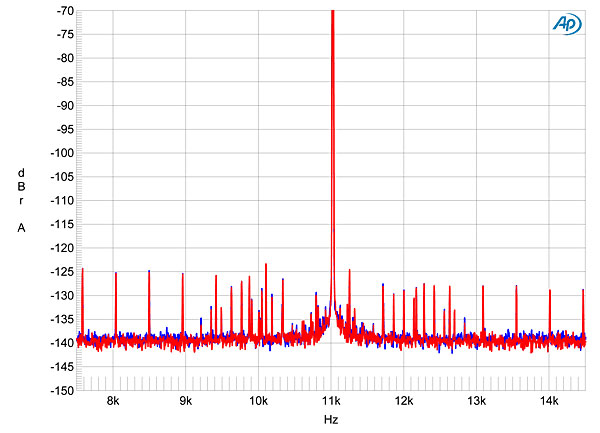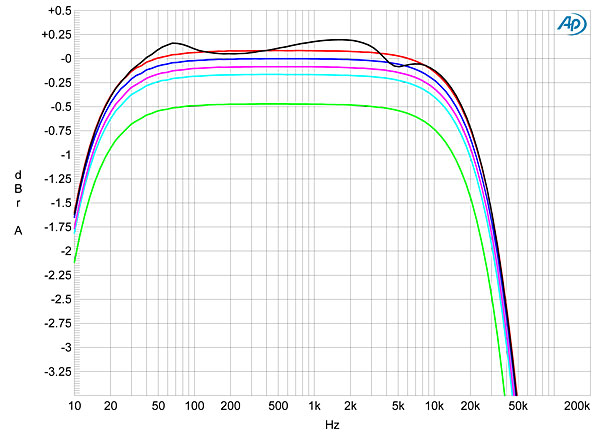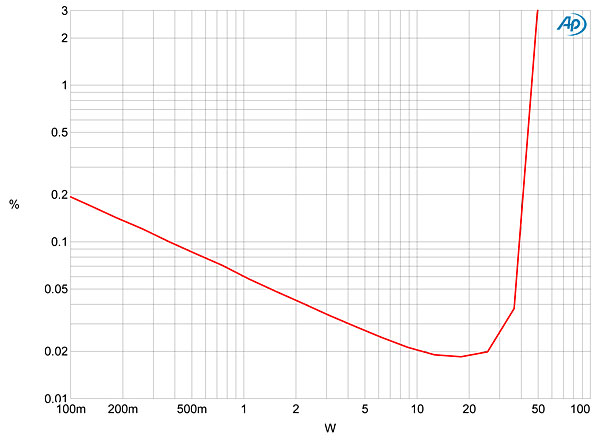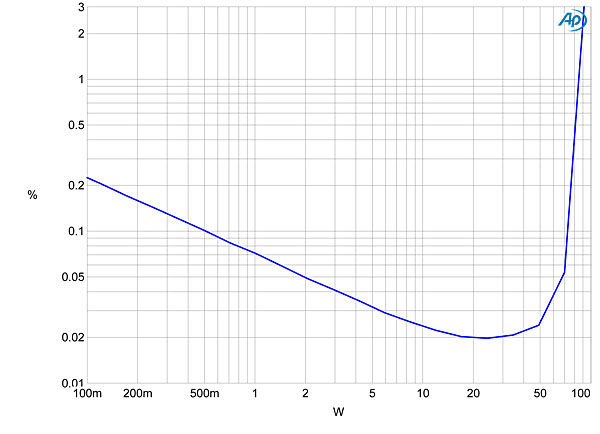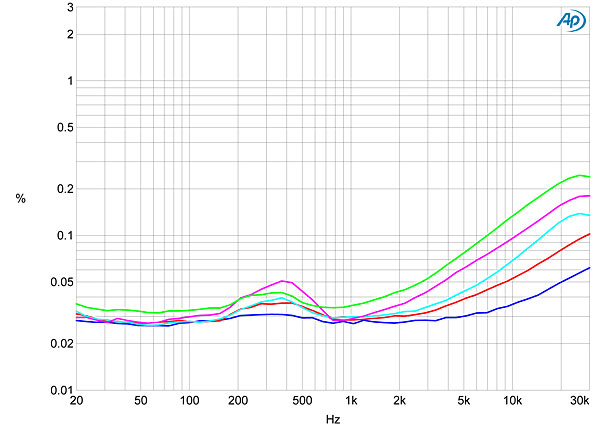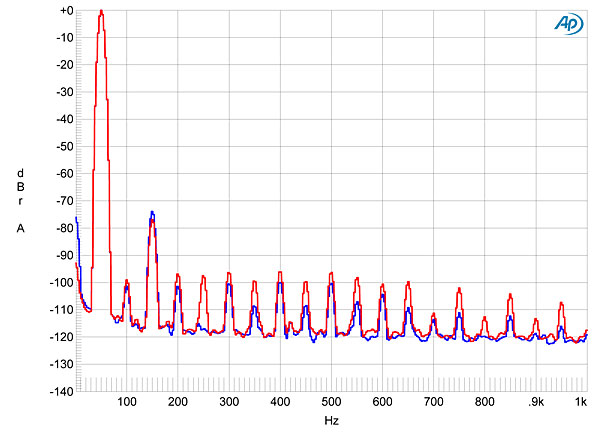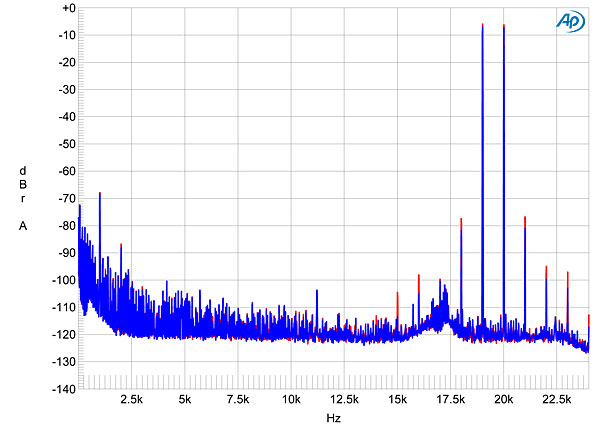| Columns Retired Columns & Blogs |
1) Linn says Ethernet sounds better but doesn't explain why.
2) AD concurs.
3) JA apparently theorizes about jitter and goes looking but doesn't find meaningful differences.
4) Linn says yes, it's lower jitter that makes RJ-45 et al better but JA's test equipment can't reveal it.
5) JA says actually, yes it can.
*********************
I didn't get a sense at all that the "stupidness" software issue has been overcome. And Linn---"open" software more often than not means everyone is free to design by committee, with predicable results. Don't tout that too strongly.
There are other facets not covered here, like why iTunes isn't a great ripper (it has a selectable error correction, giving the software more time for example) or why something that incorporates CD Paranoia while ripping wouldn't suffice.
This review is a good example of the perils of subjecting single components to scrutiny that demands investigation beyond the norm---so much more interaction occurs with computer-based music replay.


